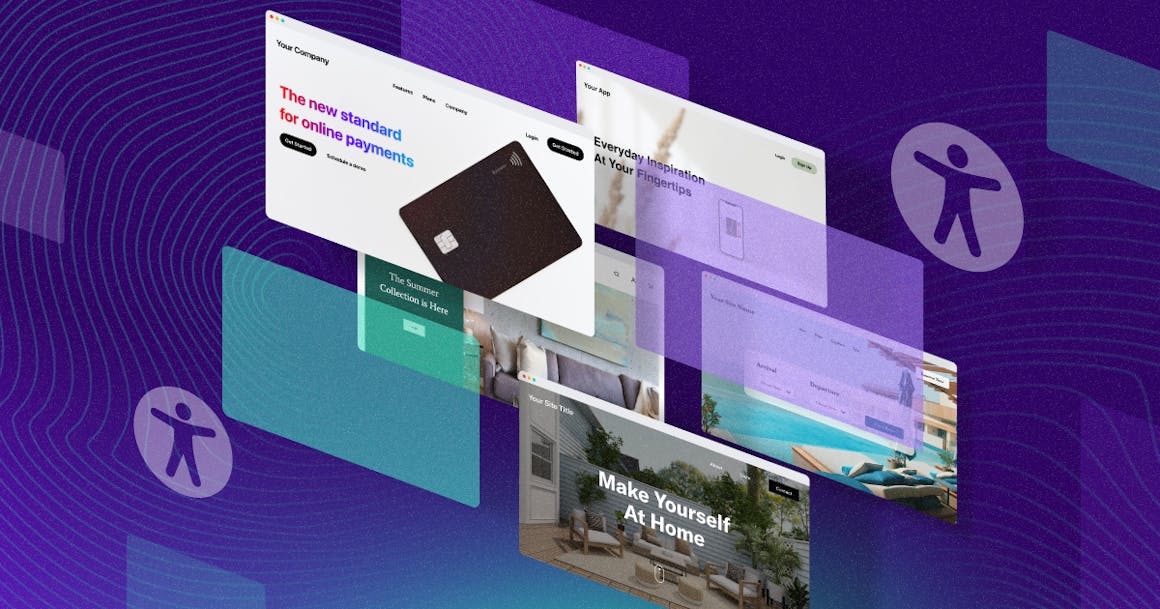Despite Efforts, Businesses Struggle With Accessibility
While digital accessibility awareness is growing — fueled by the rise of accessibility lawsuits, renewed efforts by the government, and diversity and inclusion initiatives—progress on making the internet more accessible to people with disabilities remains slow.
Companies ranging from major health care corporations to small businesses with Shopify storefronts are struggling to make their websites accessible.
Some reasons why that's the case are tied to the sheer volume of digital content and the complexity of the internet. For businesses and content creators who want to reach the widest audiences possible and meet the expectations of all users, including those with disabilities, the dynamic nature of content poses an ongoing challenge. Consumers today expect personalized content, interactive features, and intuitive interfaces to find information, shop, get entertainment, etc. This level of personalization requires continuous changes in content based on user behavior, preferences, and other data. Unfortunately, every change comes with a risk of making content inaccessible for users with disabilities.
Other reasons for slow progress on accessibility have to do with the ambiguity between legal and technical frameworks, and misleading discourse around solutions. For websites to comply with the Americans with Disabilities Act (ADA) and similar state laws, they should be accessible to people who browse the internet using assistive technology, such as screen readers. The ADA, signed into law in 1990, doesn't provide technical guidance or specific legal criteria for implementing digital accessibility. Instead, the courts and the Department of Justice rely on Web Content Accessibility Guidelines (WCAG) as a web accessibility standard. But a lot is left to interpretation, including how many and which WCAG criteria a website needs to conform with to be considered ADA compliant.
To better understand how these and other forces have shaped the state of accessibility today, AudioEye, an industry-leading website accessibility platform, recently analyzed a vast amount of website data and conducted user surveys.
Most Websites Are Not Accessible to People With Disabilities
In AudioEye's analysis of 3,500 randomly selected websites across 22 industries, we found that 83 percent of e-commerce, 78 percent of health care, and 77 percent of jobs and career sites had accessibility issues that blocked or hindered a screen reader user's ability to complete critical tasks, such as viewing product descriptions, completing a purchase, filling out an application, or booking an appointment.
As our reliance on the internet to manage our daily lives and livelihoods continues to grow in the covid-19 era, digital accessibility is becoming critical, putting pressure on the government to take more action. In March 2022, the Justice Department published new guidance reaffirming that website accessibility is required under ADA. While the guidance doesn't provide a legal standard, it advocates for the use of WCAG and lists recent settlements that show the Justice Department's decision-making in web accessibility lawsuits. Written in clear and straightforward language, the guidance is clear—digital accessibility is essential, and it's a priority.
Accessibility vendors range from simple automation-only tools, such as widgets that adjust content on the fly without making changes to the original website code, to labor-intensive, expensive manual audits that identify modifications required to the source code, placing the burden on site owners to implement them. Neither approach can deliver ongoing accessibility and inclusive experiences on its own. But for many companies, especially small businesses with resource constraints, deciding on an accessibility solution becomes a matter of affordability.
In a 2021 AudioEye online survey of business leaders and web professionals, over 70 percent of 500 respondents cited "cost" as the top concern for making their websites accessible. In the same survey, over 65 percent of respondents said they believe that just using accessibility automation-only toolbars can make websites "almost completely accessible." In comparison, 52 percent maintained that creating an accessible website means redesigning and redeveloping the entire website.
These misguided beliefs further contribute to ambiguity in implementing accessibility. Simple and cheap accessibility automation-only solutions are not a complete solution, as found in our analysis of 20,000 websites. Secondly, rebuilding an entire website, which is costly and time-consuming, is not the answer, either. Lastly, the traditional approach to improving website accessibility relies on accessibility experts conducting periodic manual site audits, which is costly and does not scale.
There are 1.9 billion websites, with 250,000 new sites launched every day. Even if we aimed at making only half of the internet accessible, we would need 83.5 billion hours to achieve our goal, assuming it takes 88 hours on average to fix one site manually. The internet is too big and fast-changing for a manual-only approach. To solve digital accessibility at scale, a purely manual process is not feasible, even without considering the cost of hiring millions of accessibility experts to do the work.
What's more, manual audits and remediations are still not a foolproof approach to accessibility. Upon conducting a manual audit of 55 randomly selected websites that were using traditional audit and remediation services, AudioEye found that 41 of these sites had one or more severe accessibility issues, such as non-functional site navigation, unlabeled graphics, inaccessible video controls, and other issues that made digital content and tools inaccessible to people with disabilities. We found hundreds of issues across the audited sites that have either not been fixed at the source code yet, or have been missed.
In summary, our research shows that most business websites are not accessible to users with disabilities, even the sites where significant time and money was spent using traditional manual approaches. Our research also confirmed that while technology widgets are scalable, they rarely lead to an accessible site.
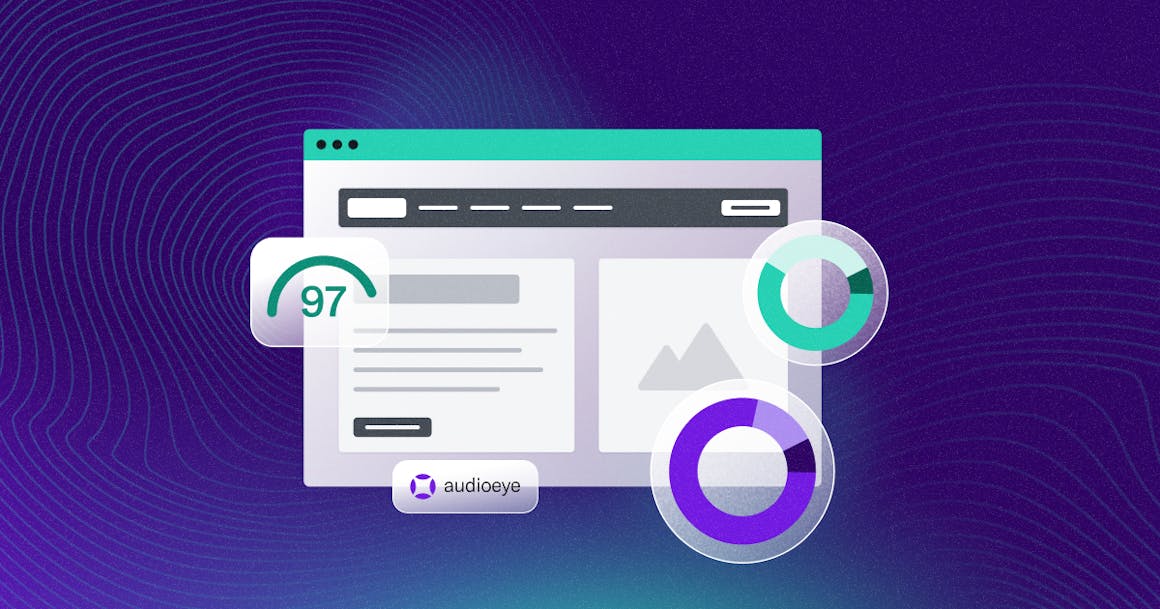
A Hybrid Approach to Digital Accessibility
Based on AudioEye's research and considering the overall state of accessibility, it's clear that we need an ongoing, sustainable, and affordable solution that can enable business owners and web professionals to create inclusive experiences for every user right now while solving for the scale of the internet in the long term. Today that solution is a hybrid approach that ensures responsible, transparent implementation of technology backed by subject matter experts.
An AudioEye analysis of more than one thousand websites across popular content management systems showed that AudioEye's automation could detect up to 70 percent of common web accessibility issues, such as missing links and image alternative text, and resolve about two-thirds of them. AudioEye's automation software results were compared to manual testing and remediation conducted by experienced assistive technology QA testers.
While automation helps provide rapid improvements at scale, our team of certified experts and assistive technology users expertly test content across various browsers and assistive technologies to fix issues that require deeper contextual understanding and ensure our solution continues to work for the end-user.
To learn more, download AudioEye's Building for Digital Accessibility at Scale white paper.
Ready to see AudioEye in action?
Watch Demo
Ready to test your website for accessibility?
Share post
Topics:
Keep Reading
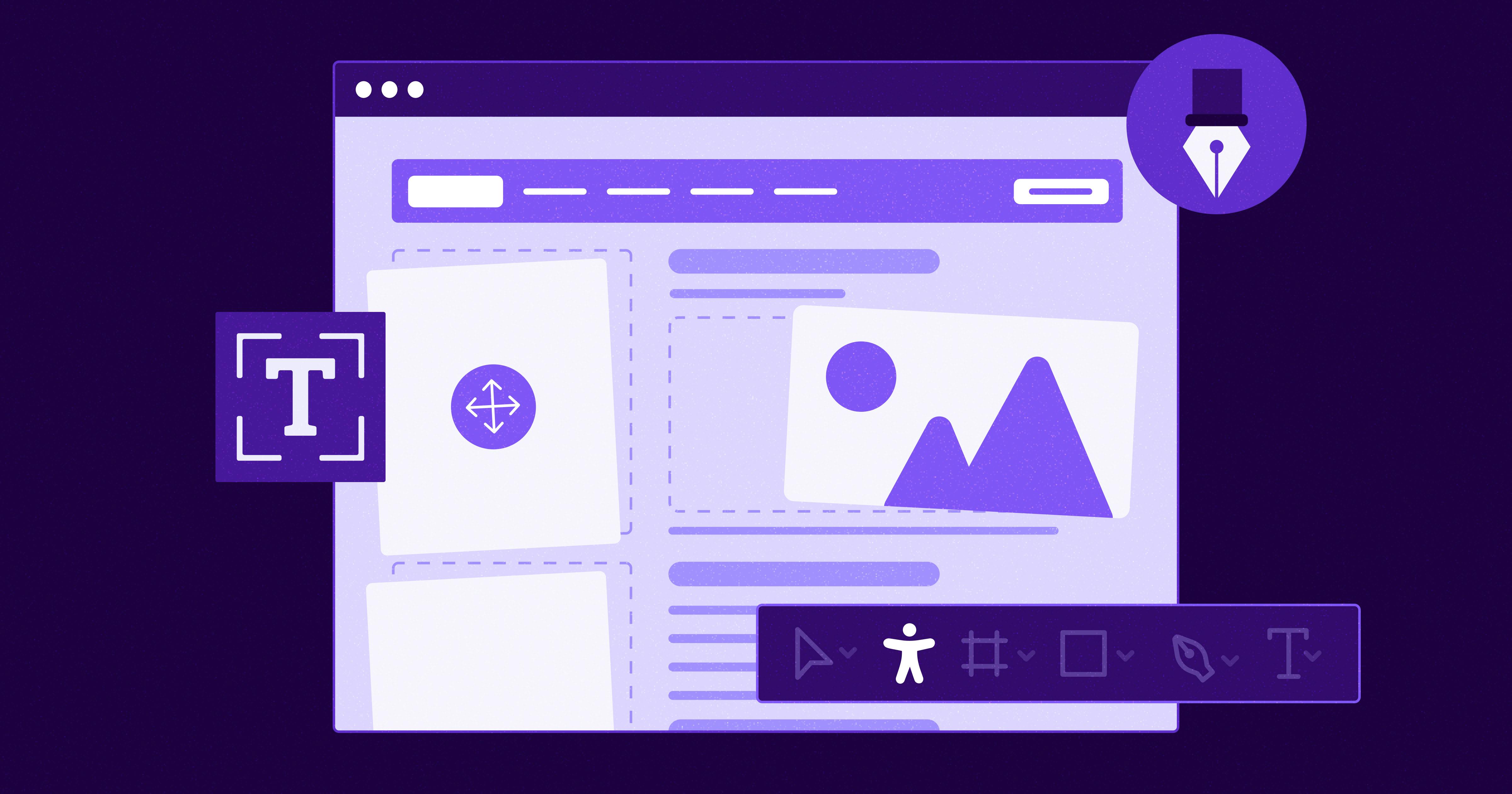
7 Websites That Got Accessibility Right (and What You Can Learn)
Looking to create an accessible website? See how seven companies utilized accessibility best practices to create a seamless user experience that works for all.
accessibility
April 11, 2025
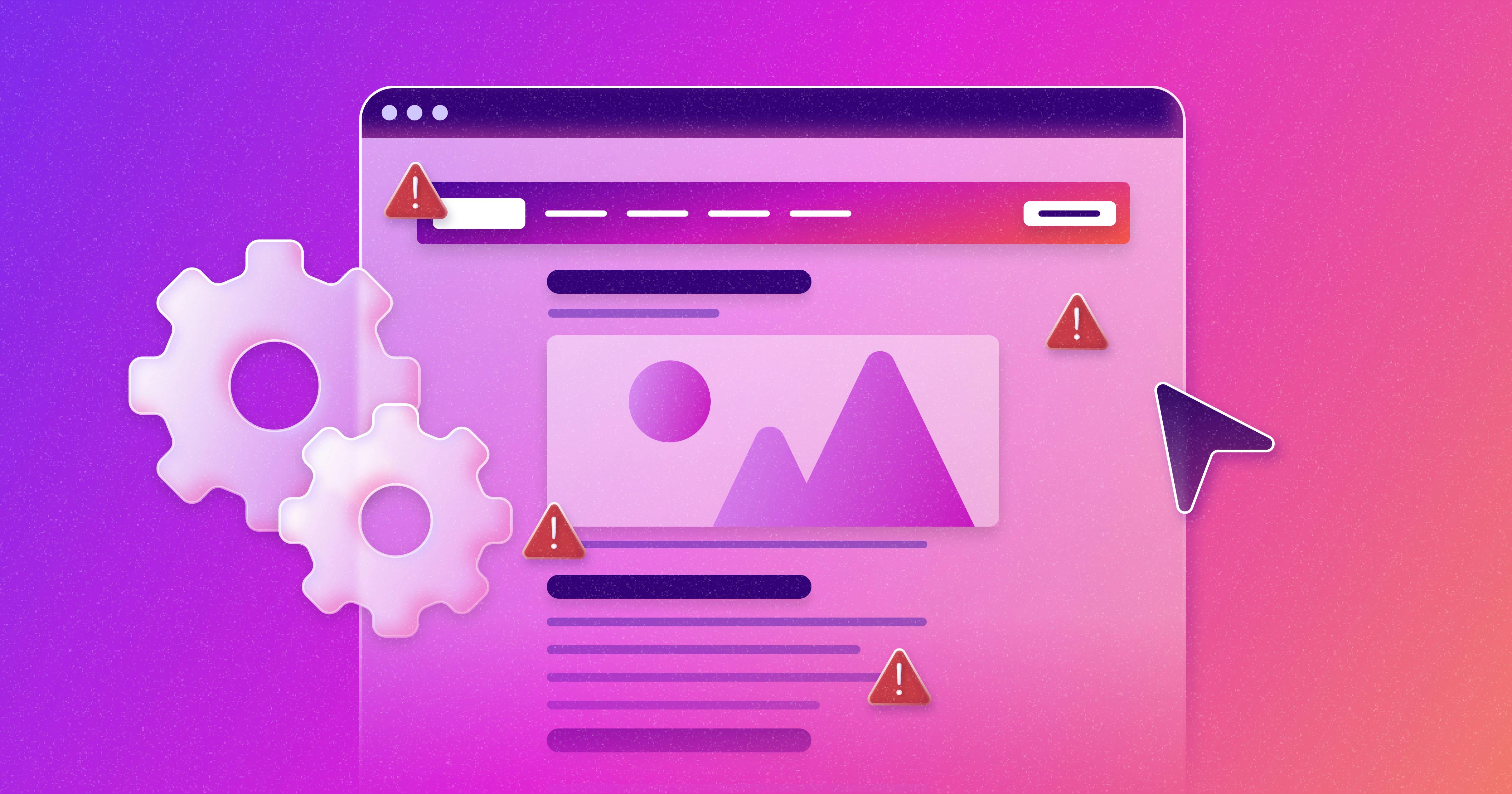
Why People + Automation Is the Right Approach to Accessibility Testing
Discover how using both automated and manual accessibility testing is the perfect approach to creating accessible, compliant digital content.
accessibility
April 08, 2025
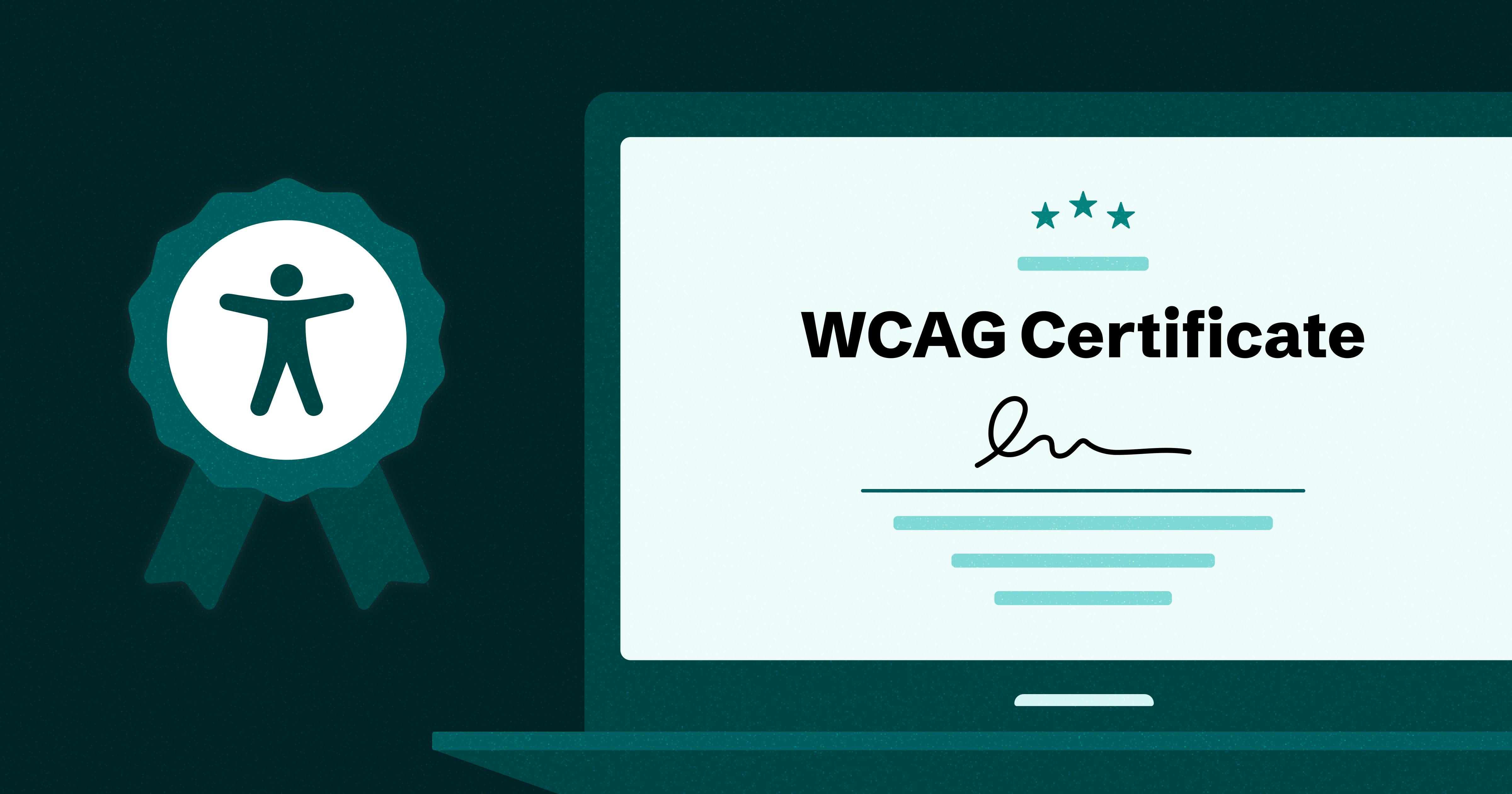
Is WCAG Certification Possible? 6 Things You Need to Know
While WCAG standards don’t offer official certification, there are training programs and professional credentials that can boost your accessibility expertise. Learn more.
accessibility
April 03, 2025

